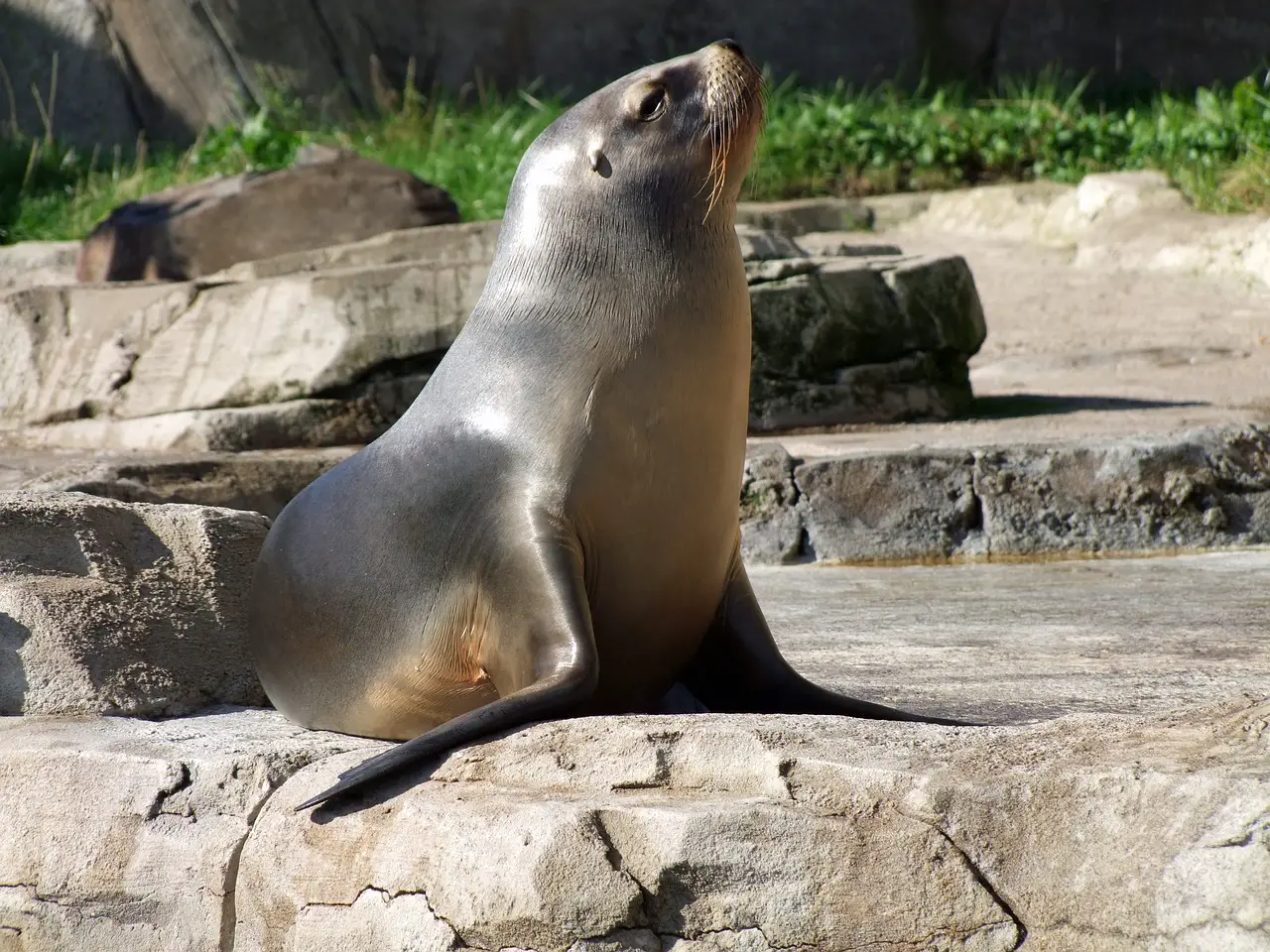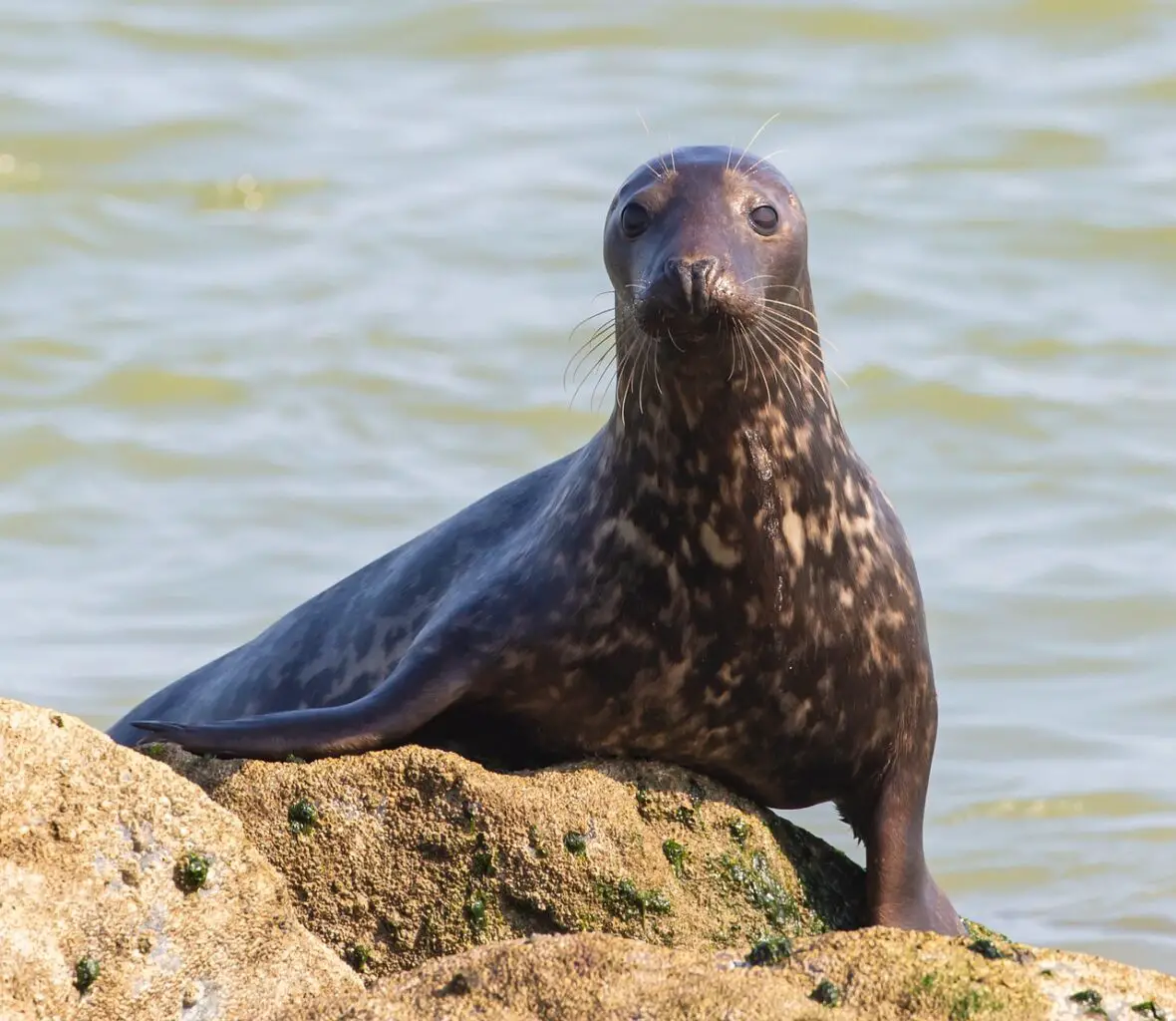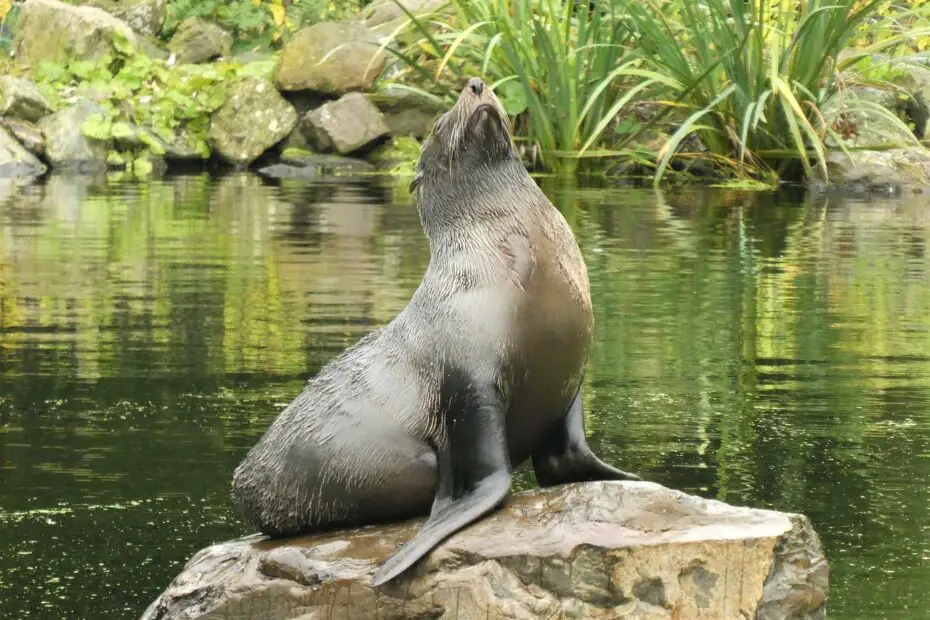Seals and sea lions are enchanting marine mammals that grace our oceans with their grace and beauty. While they may appear similar at first glance, there are distinct differences between these two creatures. In this article, we explore the Seal and Sea Lion Difference, taxonomy, physical characteristics, behavior, and fascinating facts that set seals and sea lions apart.
Seal and Sea Lion Difference: Taxonomy and Classification
Seals and sea lions belong to the same scientific order, Pinnipedia, which includes all marine mammals with flippers. However, they are classified into two different families: Phocidae (seals) and Otariidae (sea lions). This classification reflects the underlying distinctions between these two groups.

Seal and Sea Lion Difference: Physical Differences
One of the key differentiating factors between seals and sea lions lies in their physical characteristics. Sea lions have visible external ear flaps, while seals lack these flaps, with only small openings for ears. Another notable difference is their movement on land. Sea lions are more agile on land, using their large front flippers to support their body weight and move with ease.
Seal and Sea Lion Difference: Habitat and Distribution
Seals and sea lions can be found in various parts of the world, but their habitats and distribution differ. Seals tend to inhabit colder regions, such as the Arctic and Antarctic, and are well-adapted to icy environments. Sea lions, on the other hand, are found in both temperate and tropical waters, often near rocky coastlines and islands.
Seal and Sea Lion Difference: Behavior and Lifestyle
The behavior and lifestyle of seals and sea lions also display distinctions. Seals are generally more solitary and independent, spending much of their time alone or in small groups. Sea lions, on the other hand, are more social animals, forming larger colonies and engaging in communal activities such as vocalizations and group hunting.
Seal and Sea Lion Difference: Reproduction and Parenting
Reproduction and parenting strategies differ between seals and sea lions. Seals typically give birth on land or ice, with the mother providing care and nourishment to her pup until it is ready to swim and hunt on its own. Sea lions, however, have a unique reproductive behavior called “delayed implantation,” where the embryo undergoes a dormant period before development begins.
Seal and Sea Lion Difference: Vocalizations and Communication
Seals and sea lions use vocalizations as a means of communication. While both produce a variety of sounds, sea lions are known for their loud barks and roars, which serve as territorial displays and communication signals within their colonies. Seals, on the other hand, communicate through softer and more subtle vocalizations.
Seal and Sea Lion Difference: Feeding Habits
Both seals and sea lions are carnivorous, feeding primarily on fish, squid, and crustaceans. However, their hunting techniques and preferred prey can differ. Sea lions are often more adept at chasing and capturing fast-swimming fish, thanks to their streamlined bodies and powerful flippers. Seals, on the other hand, rely on their agility and underwater maneuverability to catch slower-moving prey.

Conservation Status
The conservation status of seals and sea lions varies depending on the species and their respective habitats. Some seal populations, such as the Hawaiian monk seal, face significant threats and are classified as endangered. Certain sea lion species, like the California sea lion, have relatively stable populations but still require conservation efforts to protect their habitats and ensure their long-term survival.
Fascinating Facts about Seals and Sea Lions
Fact 1: Flippers and Limb Movement
The flippers of seals and sea lions differ in structure and range of movement. Sea lions have more flexible and mobile flippers, allowing them to rotate their hind flippers forward and move on land with agility. Seals have limited movement in their hind flippers, which restricts their locomotion on land to a crawling motion.
Fact 2: Eared Seals vs. True Seals
Sea lions are often referred to as “eared seals” due to their prominent external ear flaps. These flaps, absent in true seals, play a role in their enhanced hearing abilities. True seals rely on internal ear structures to perceive sound, and their lack of visible ear flaps contributes to their streamlined body shape.
Fact 3: Social Structure and Aggression
Sea lions exhibit a more complex social structure compared to seals. Sea lion colonies consist of dominant males, females, and their offspring. Competition for breeding territories can lead to aggressive interactions among males. Seals, on the other hand, tend to be less territorial and exhibit less aggression within their smaller social groups.
Fact 4: Speed and Agility
Sea lions are known for their remarkable speed and agility in water. Their streamlined bodies and powerful flippers allow them to swim swiftly and perform acrobatic maneuvers, making them excellent hunters. Seals, while not as fast as sea lions, possess exceptional diving abilities, enabling them to reach impressive depths and stay submerged for extended periods.
Fact 5: Conservation Challenges
Seals and sea lions face various conservation challenges, including habitat loss, pollution, climate change, and interactions with fisheries. By raising awareness and supporting conservation initiatives, we can contribute to the protection of these remarkable creatures and the preservation of their habitats.
Conclusion
Seals and sea lions may share some similarities, but their differences are what make them unique and captivating creatures. From their physical attributes and behavior to their distinct habitats and conservation needs, understanding the disparities between seals and sea lions deepens our appreciation for their remarkable diversity. By celebrating and safeguarding these marvelous marine mammals, we can ensure their continued existence in our oceans for generations to come.
